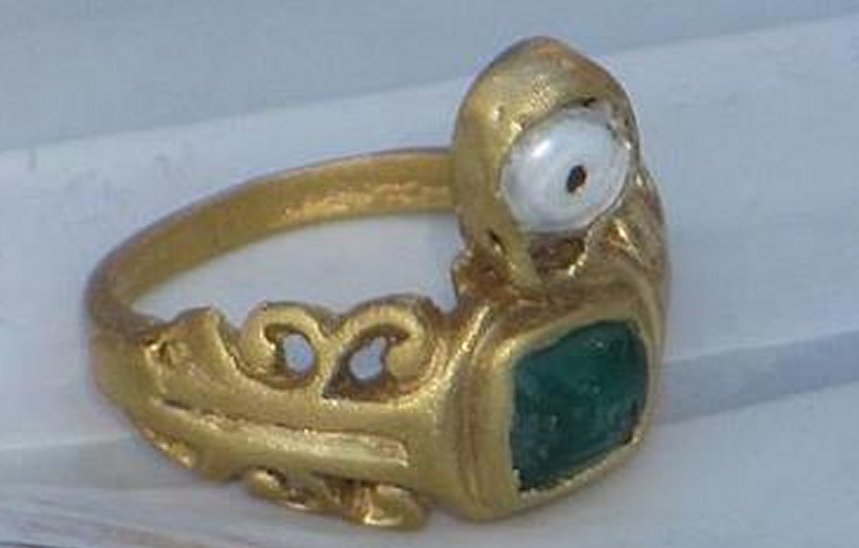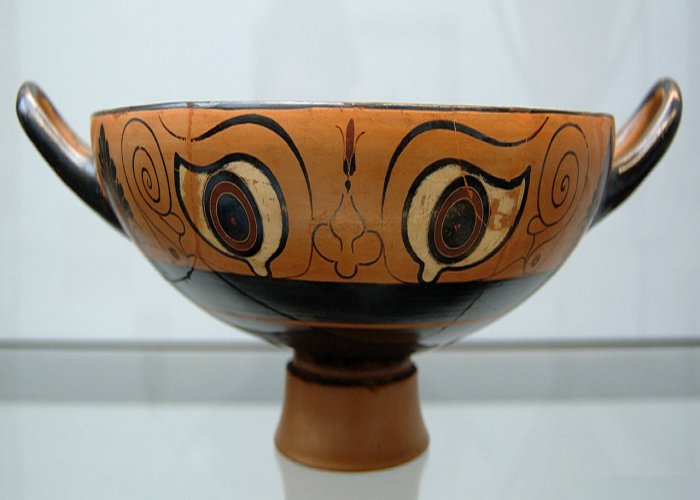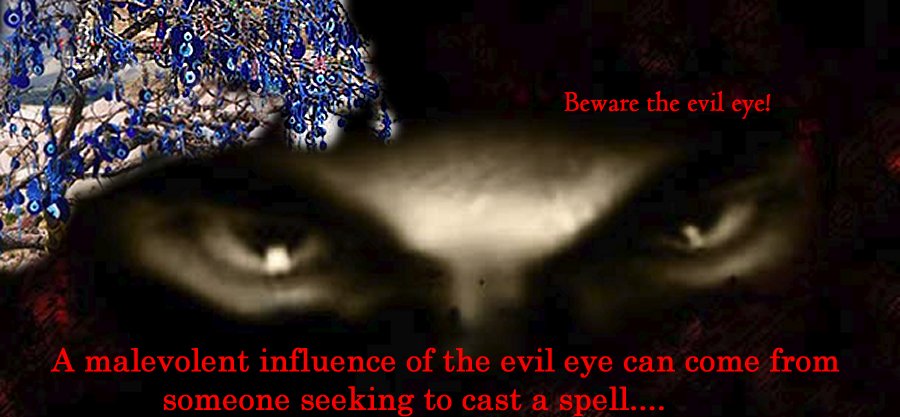Curse Of Evil Eye: Powerful Ancient Belief That Still Frightens People Around The World
A. Sutherland - AncientPages.com - There is an ancient, superstitious, and almost universal belief that certain people possess the supernatural power to cause disaster, illness, calamity, and even death.
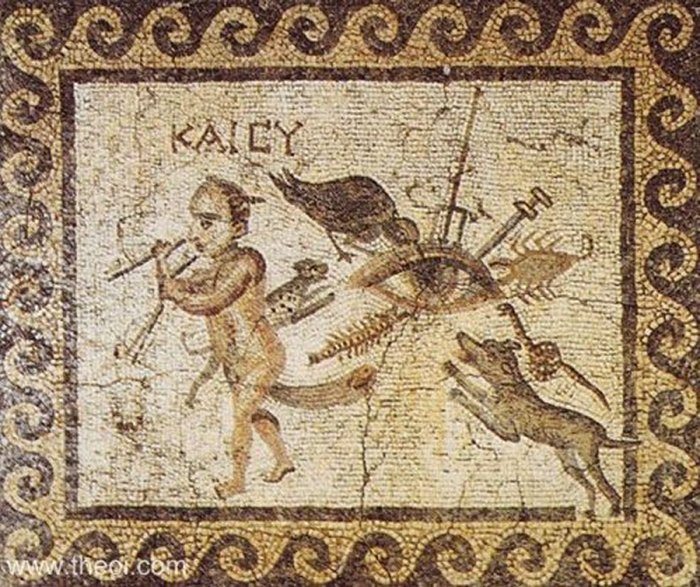 Mosaic from the House of the Evil Eye, Antioch, Syria. Credits: Archaeological Museum, Antakya
Mosaic from the House of the Evil Eye, Antioch, Syria. Credits: Archaeological Museum, Antakya
They can do it with a gaze or stare that gives an unpleasant emotion. The evil eye is widely feared in many parts of the world.
The oldest accounts of the evil eye went back to at least 3000 BC and were mentioned in the Sumerian, Babylonian, and Assyrian cuneiform texts. The ancient people of Mexico and Central America feared the power of the evil eye, as did the ancient Egyptians, Greeks, and Romans, who were particularly afraid of it.
Also, the Old and New Testaments of the Bible mention the evil eye in the celebrated "Sermon on the Mount," Jesus of Nazareth makes reference to the malignity of the Evil Eye:
Matthew 6:22-23 says,
"The light of the body is the eye: if therefore thine eye be single, thy whole body shall be full of light. But if thine eye be evil, thy whole body shall be full of darkness…"
A Ruby Eye Pendant from an ancient civilization in Mesopotamia was possibly used as an amulet to protect against evil eyes. Adilnor Collection. Image credit: Danieliness - CC BY-SA 3.0
Proverbs 28:22 says: "A man with an evil eye hastens after wealth and does not know that want will come upon him."
According to Western science, evil eye beliefs are not based on anything other than superstition.
The Evil Eye Was Feared In Many Ancient Cultures
Strangely, superstitions related to the evil eye are continuously prevalent in certain European countries, especially in the region of the Mediterranean, but also in Central America and Mexico. In North India, there is also a strong belief in the evil eye. The so-called "Buri Nazar" and a tattoo or an amulet are used to ward off the evil eye.
Different tribes have always feared the evil eye. Ancient beliefs say that medicine men, witch doctors, and sorcerers are among those who can cast evil eyes and bring bad luck. According to Native American beliefs, the so-called 'death-dealing evil eye power is possessed by tribal shamans.
Ring from the 3rd century, found in Croatia. The ring has a drawn rabbit that tastes like a flower, and that was seen as a symbol of happiness, while the "eye" represents protection against disasters and spells" Image credit: Croatian Times.
Also, other people can be the so-called 'iettatore' (or 'jettatore'); they naturally have an evil eye and bring bad luck. By looking at the target, they have an evil influence on another person, animal, object, or building.
It can be done deliberately by individuals seeking to cast a spell or unintentionally by individuals unaware of their evil power.
There are recorded cases of individuals suspected of being cursed with the evil eye from birth and did not even know about it. Two examples can be Pope Leo XIII and Pope Pius IX, who were said to possess the evil eye.
Kylix eye cup (530–520 BC), inscribed with Chalcidian text. It features an eye motif, to ward off the evil eye. Uploader: :Bibi Saint-Pol- Public Domain
According to ancient beliefs, one must be constantly guarded against the danger of someone's evil - though often - unintentional stare. This destructive influence of the evil eye may come from a stranger who, for example, admires one's children or a child; the evil eye can also dangerously affect an animal, a pregnant woman, and very happy and prosperous people.
Amulets That Ward Off The Evil Eye
There is a belief that beads, hand gestures, sayings, and amulets may help to ward off a dangerous gaze. These beads represent a powerful symbol of protection against the evil eye. In northern India and Pakistan, the rudraksha tree, or 'Eleacarpus ganitrus', grows, and the bead is actually its fruit, which shrivels to a hard, wood-like texture.
The ancient Romans used phallic amulets associated with their phallic God, Priapus ('Fascinus').
Hamsa, for example, is an ancient, powerful symbol often carried as an amulet to invoke God's hand or counteract the Evil Eye. From this, God's name originates the word 'fascination' and 'bewitchment.'
Interestingly, it is widely believed that men possess more evil eye power than women today.
Written by – A. Sutherland AncientPages.com Staff Writer
Updated on February 28, 2023
Copyright © AncientPages.com All rights reserved. This material may not be published, broadcast, rewritten or redistributed in whole or part without the express written permission of AncientPages.com
Expand for referencesReferences:
Dundes A. The Evil Eye: A Casebook
Elliot, John H. Beware the Evil Eye; The Evil Eye in the Bible and the Ancient World: Volume One
Bohak, Ancient Jewish Magic
A. Ross, Hypothesis: The Electrophysiological Basis of Evil Eye Belief
More From Ancient Pages
-
 Ancient Roman Port Discovered Off The Syrian Coast
News | Feb 16, 2021
Ancient Roman Port Discovered Off The Syrian Coast
News | Feb 16, 2021 -
 When And Why Did Humans Start Using Tombstones?
Archaeology | Aug 29, 2022
When And Why Did Humans Start Using Tombstones?
Archaeology | Aug 29, 2022 -
 Cacao Was Cultivated By Cultures Along The Pacific Coast Around 5,000 Years Ago – New Study
Archaeology | Mar 7, 2024
Cacao Was Cultivated By Cultures Along The Pacific Coast Around 5,000 Years Ago – New Study
Archaeology | Mar 7, 2024 -
 Thousands Of Mysterious Ancient Skeletons Discovered Near Vreta Abbey In Sweden
Archaeology | Sep 5, 2020
Thousands Of Mysterious Ancient Skeletons Discovered Near Vreta Abbey In Sweden
Archaeology | Sep 5, 2020 -
 New Species Of Softshell Turtle That Lived In North Dakota 66.5 Million Years Ago With Dinosaurs Discovered
Fossils | Mar 14, 2022
New Species Of Softshell Turtle That Lived In North Dakota 66.5 Million Years Ago With Dinosaurs Discovered
Fossils | Mar 14, 2022 -
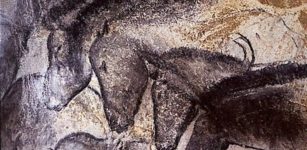 Prehistoric Artwork In Chauvet-Pont d’Arc Cave 10000 Years Older Than Previously Thought
Archaeology | Apr 12, 2016
Prehistoric Artwork In Chauvet-Pont d’Arc Cave 10000 Years Older Than Previously Thought
Archaeology | Apr 12, 2016 -
 Mysterious Fossilized Antarctic Forest May Offer Evidence Of The Great Flood – But Some Facts Speak Against This Theory
Archaeology | Dec 27, 2017
Mysterious Fossilized Antarctic Forest May Offer Evidence Of The Great Flood – But Some Facts Speak Against This Theory
Archaeology | Dec 27, 2017 -
 Easter Island’s Statues Reveal Bodies Covered With Unknown Ancient Petroglyphs
Archaeology | Jan 21, 2014
Easter Island’s Statues Reveal Bodies Covered With Unknown Ancient Petroglyphs
Archaeology | Jan 21, 2014 -
 Can Aikman Mounds In Arkansas Explain The Hopewell Culture’s Mysterious Disappearance?
Featured Stories | Apr 30, 2019
Can Aikman Mounds In Arkansas Explain The Hopewell Culture’s Mysterious Disappearance?
Featured Stories | Apr 30, 2019 -
 New Clues Why Neanderthals Visited La Cotte de St Brelade In Jersey 250,000 Years Ago
Archaeology | Jun 18, 2023
New Clues Why Neanderthals Visited La Cotte de St Brelade In Jersey 250,000 Years Ago
Archaeology | Jun 18, 2023 -
 INAH Researchers Deciphered Hieroglyphs And Identified 14 Maya Rulers In Ancient City Of Cobá, Mexico
Archaeology | Jul 29, 2020
INAH Researchers Deciphered Hieroglyphs And Identified 14 Maya Rulers In Ancient City Of Cobá, Mexico
Archaeology | Jul 29, 2020 -
 Unique Statue Of Mayan God K’awiil Associated With Lightning, Serpents, Fertility, Maize, Royal Lineage Found On Maya Train Route
Archaeology | May 17, 2023
Unique Statue Of Mayan God K’awiil Associated With Lightning, Serpents, Fertility, Maize, Royal Lineage Found On Maya Train Route
Archaeology | May 17, 2023 -
 Magnificent Interior Of The Djoser Pyramid Revealed In Stunning Images And Video
News | Mar 14, 2020
Magnificent Interior Of The Djoser Pyramid Revealed In Stunning Images And Video
News | Mar 14, 2020 -
 When And Why Was Yakuza, The Japanese Mafia Founded?
Ancient History Facts | Jun 12, 2021
When And Why Was Yakuza, The Japanese Mafia Founded?
Ancient History Facts | Jun 12, 2021 -
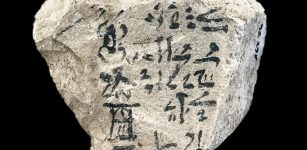 Earliest Version Of Our Alphabet Possibly Discovered
Archaeology | May 17, 2018
Earliest Version Of Our Alphabet Possibly Discovered
Archaeology | May 17, 2018 -
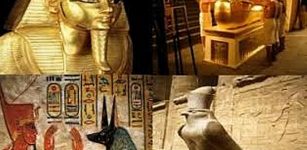 10 Fascinating Facts About Pharaohs
Ancient History Facts | Jun 21, 2016
10 Fascinating Facts About Pharaohs
Ancient History Facts | Jun 21, 2016 -
 Use Of Horses In the Bronze Age – New Facts
Archaeology | Jul 14, 2020
Use Of Horses In the Bronze Age – New Facts
Archaeology | Jul 14, 2020 -
 North America’s First Languages Originate From Siberia
Linguistic Discoveries | Apr 10, 2024
North America’s First Languages Originate From Siberia
Linguistic Discoveries | Apr 10, 2024 -
 Mystery Of The Österödskvinnan (Österöd Woman) Who Lived In Sweden 10,000 Years Ago
Featured Stories | Nov 6, 2023
Mystery Of The Österödskvinnan (Österöd Woman) Who Lived In Sweden 10,000 Years Ago
Featured Stories | Nov 6, 2023 -
 Mass Production Of Stone Bladelets Led To A Cultural Shift In Paleolithic Levant
Archaeology | Jan 7, 2023
Mass Production Of Stone Bladelets Led To A Cultural Shift In Paleolithic Levant
Archaeology | Jan 7, 2023


